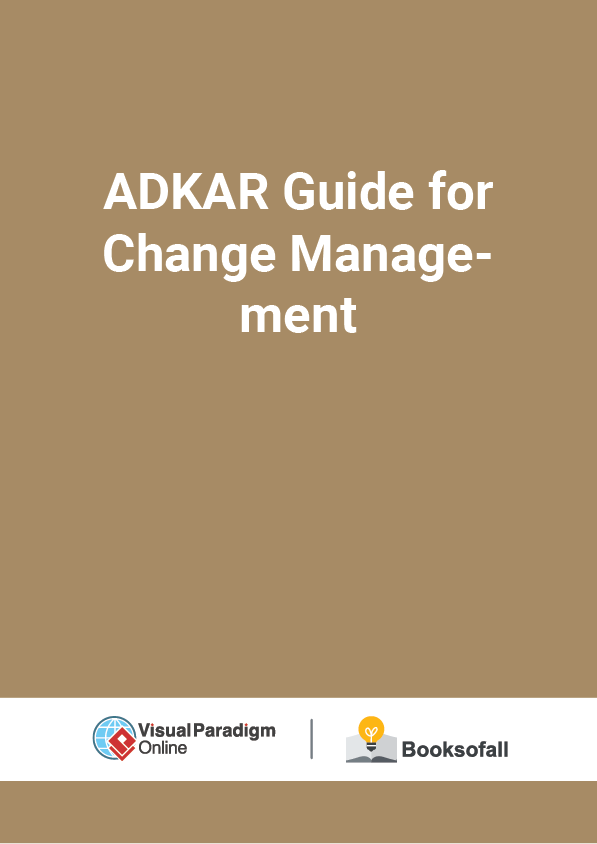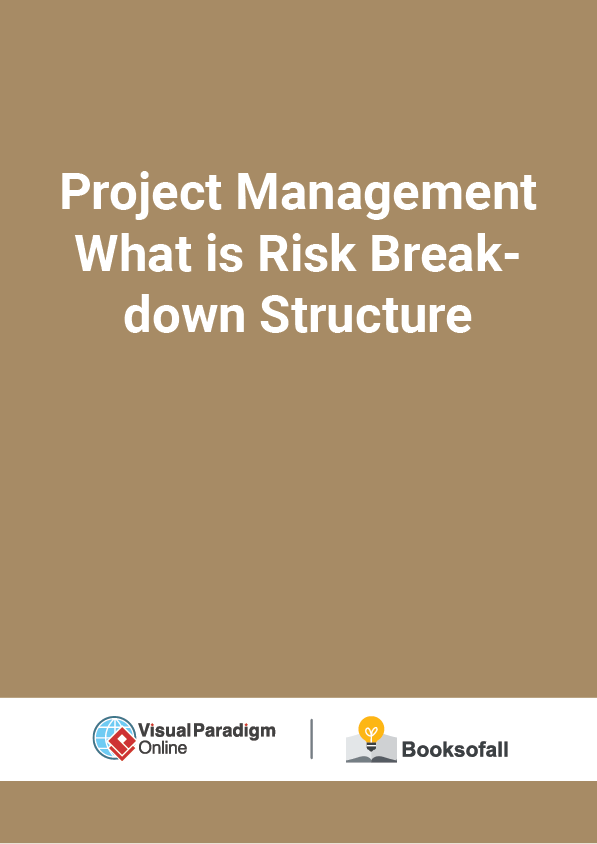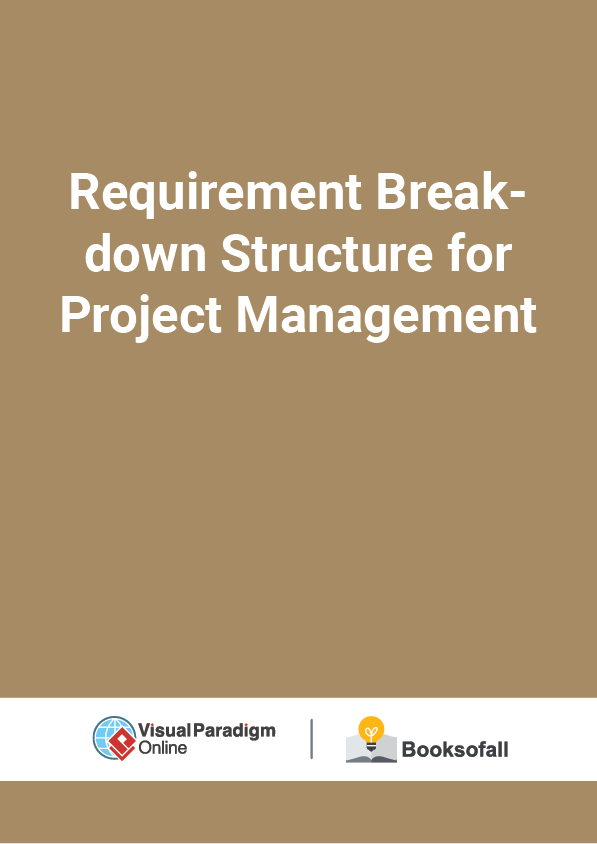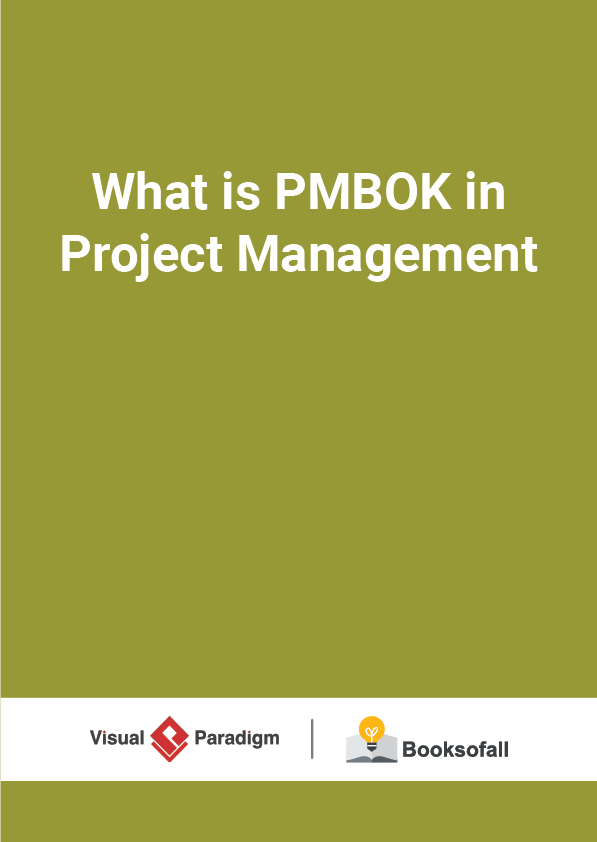ADKAR Guide for Change Management
3-3 minutes
The ADKAR model of change is a practical answer to effective change management for individuals and organizations developed by Jeff Hiatt of Prosci Research in 1998. It focuses on 5 actions and outcomes necessary for successful individual change, and therefore successful organizational change as shown in the Figure below:
ADKAR is comprised of 5 steps including Awareness, Desire, Knowledge, Ability, and Reinforcement as shown in the Figure below:
The first three stages (development phase) come under the enablement zone. The last two stages (implementation and monitoring) are categorized under the engagement zone.
Note that: All the five elements of ADKAR are required to complete in a defined sequence to assure successful, as they are useful for both the planning and execution phase to set up an environment for those affected by the change and their ability to adopt new methods without difficulties.
Organizational and Personal Change
While many change management projects focus on the steps necessary for organizational change, ADKAR emphasizes that successful organizational change occurs only when each person can transition successfully. Thus, successful use is reliant on leaders understanding both the business and personal dimensions of change.
In the business dimension of change, typical project elements include:
Pre-contemplation: the business need or opportunity
Contemplation: the definition of the project in terms of scope and objectives
Preparation: the business solution’s new processes, systems and organization structure
Action: the implementation of one or more solutions by the organization
Maintenance: the reinforcement of the practices and continuous improvement
In the personal dimension of change, the model emphasizes the management of five key goals forming the basis of the ADKAR model:
Awareness of the need for change: staff understand why the desired change is needed and the result of the transition
Desire to support the change: staff are motivated to make the desired change
Knowledge of how to change and what the change will look like: staff know how to make the desired change happen Ability to demonstrate the skills and behaviors: staff have been given the right information and training
Reinforcement to make the change stick: staff have strategies to encourage and sustain the change











